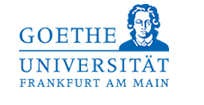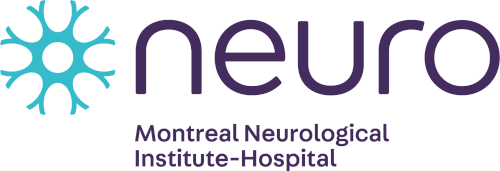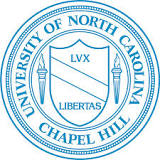 |
 |
 |
 |
 |
 |


Dr. Harding is an Assistant Professor at the Department of Pharmacology and Toxicology and a Principal Investigator at the Structural Genomics Consortium. Dr. Harding completed her undergraduate in biochemistry and DPhil in structural biology at the University of Oxford, before moving to the University of Toronto for her postdoctoral training. The focus of Dr. Harding’s research is the huntingtin protein, mutated in people with Huntington’s disease. Huntington’s is a devastating, incurable, genetic, neurodegenerative disease caused by a CAG-tract expansion in the Huntingtin gene. Dr. Harding studies the structure-function of the huntingtin protein in both its wildtype and disease forms, with a view to better understand the mechanisms of disease, as well as trying to find new avenues of therapeutic intervention.
The huntingtin is a ~348 kDa proteinexpressed in every cell of our bodies and is often thought of as a "swiss army knife" protein, implicated in a plethora of cellular functions ranging from transcriptional regulation and DNA damage repair to axonal transport and proteostasis. The diversity of huntingtin functions is attributed to its ability to interact with thousands of proteins, with different huntingtin scaffolded complexes thought to execute its range of functions. However, the molecular details of how the huge huntingtin protein can interact its large diaspora of binding partners, how
Commun Biol. 2021 4(1):1374. doi: 10.1038/s42003-021-02895-4
PMID: 34880419
Structure. 2023 . doi: 10.1016/j.str.2023.06.002
PMID: 37390814
J. Biol. Chem.. 2019 . doi: 10.1074/jbc.RA118.007204
PMID: 30842263
2024
Nat Chem Biol. 08.03.2024 . doi: 10.1038/s41589-024-01570-z
PMID: 38459278
ACS Omega. 09.01.2024 9(1):917-924. doi: 10.1021/acsomega.3c07070
PMID: 38222562
2023
Cell. 05.10.2023 . doi: 10.1016/j.cell.2023.09.008
PMID: 37827155
J Med Chem. 27.07.2023 . doi: 10.1021/acs.jmedchem.3c00314
PMID: 37499118
PLoS Comput Biol. 27.07.2023 19(7):e1011230. doi: 10.1371/journal.pcbi.1011230
PMID: 37498959
Structure. 20.06.2023 . doi: 10.1016/j.str.2023.06.002
PMID: 37390814
Nat Commun. 02.02.2023 14(1):556. doi: 10.1038/s41467-023-36195-8
PMID: 36732527
2021
Commun Biol. 08.12.2021 4(1):1374. doi: 10.1038/s42003-021-02895-4
PMID: 34880419
J Med Chem. 14.10.2021 . doi: 10.1021/acs.jmedchem.1c00889
PMID: 34648286
2020
Nat Commun. 14.05.2020 11(1):2396. doi: 10.1038/s41467-020-16271-z
PMID: 32409666
2019
J. Med. Chem.. 30.10.2019 . doi: 10.1021/acs.jmedchem.9b00988
PMID: 31663737
F1000Res. 27.08.2019 8:87. doi: 10.12688/f1000research.17710.1
PMID: 31448096
Proteins. 23.08.2019 . doi: 10.1002/prot.25805
PMID: 31442339
J. Biol. Chem.. 06.03.2019 . doi: 10.1074/jbc.RA118.007204
PMID: 30842263
2018
J. Med. Chem.. 09.05.2018 . doi: 10.1021/acs.jmedchem.8b00258
PMID: 29741882
Acta Pharmacol Sin. 06.04.2018 39(5):754-769. doi: 10.1038/aps.2018.11
PMID: 29620053
Genes Dev.. 21.03.2018 . doi: 10.1101/gad.311639.118
PMID: 29563185
2017
J. Med. Chem.. 11.10.2017 . doi: 10.1021/acs.jmedchem.7b00933
PMID: 29019676
Nat Commun. 05.09.2017 8(1):430. doi: 10.1038/s41467-017-00572-x
PMID: 28874661
2016
Biochim. Biophys. Acta. 21.10.2016 . doi: 10.1016/j.bbagen.2016.10.019
PMID: 27776223
J. Biol. Chem.. 02.06.2016 . doi: 10.1074/jbc.M116.740787
PMID: 27255711
